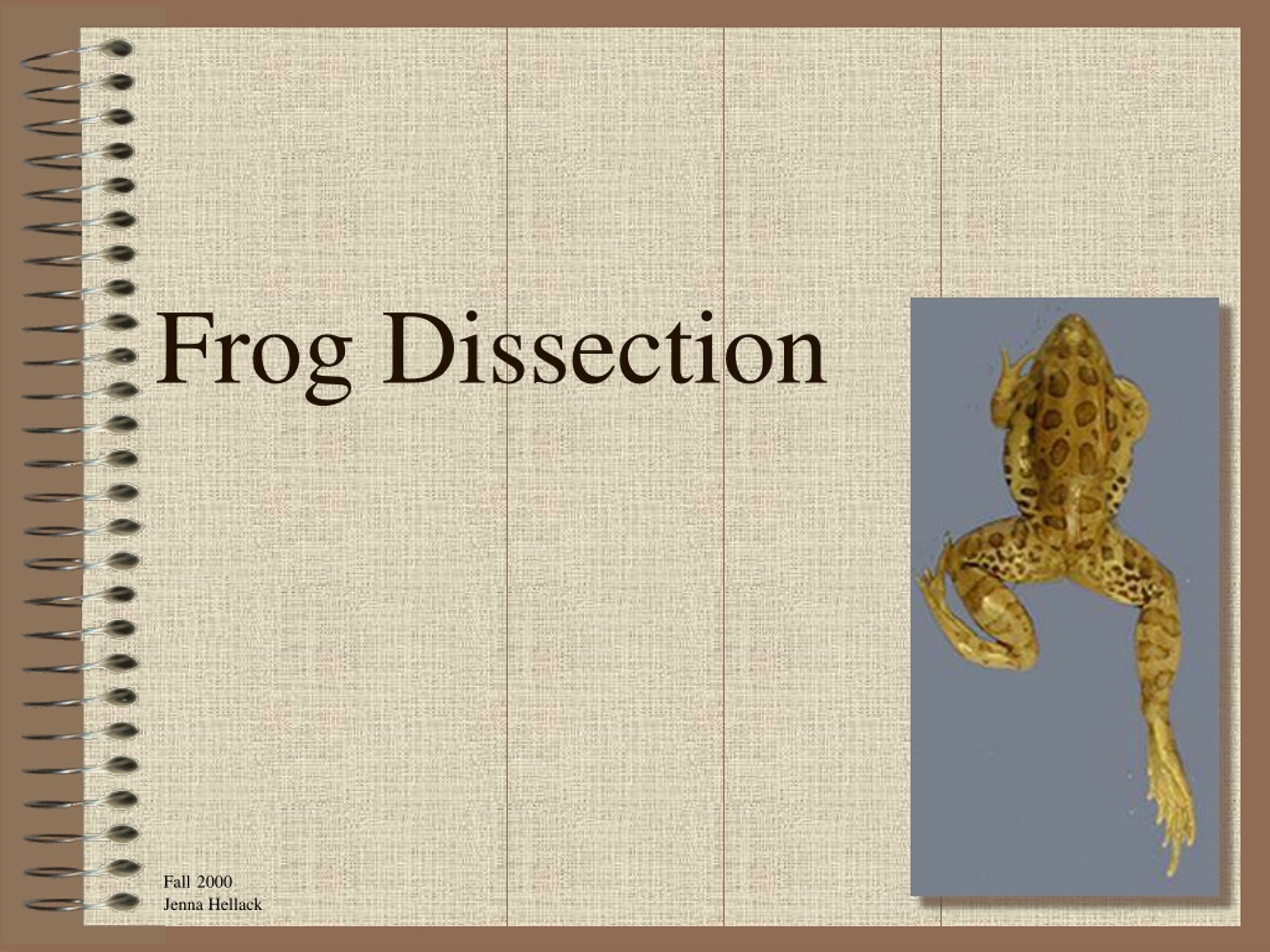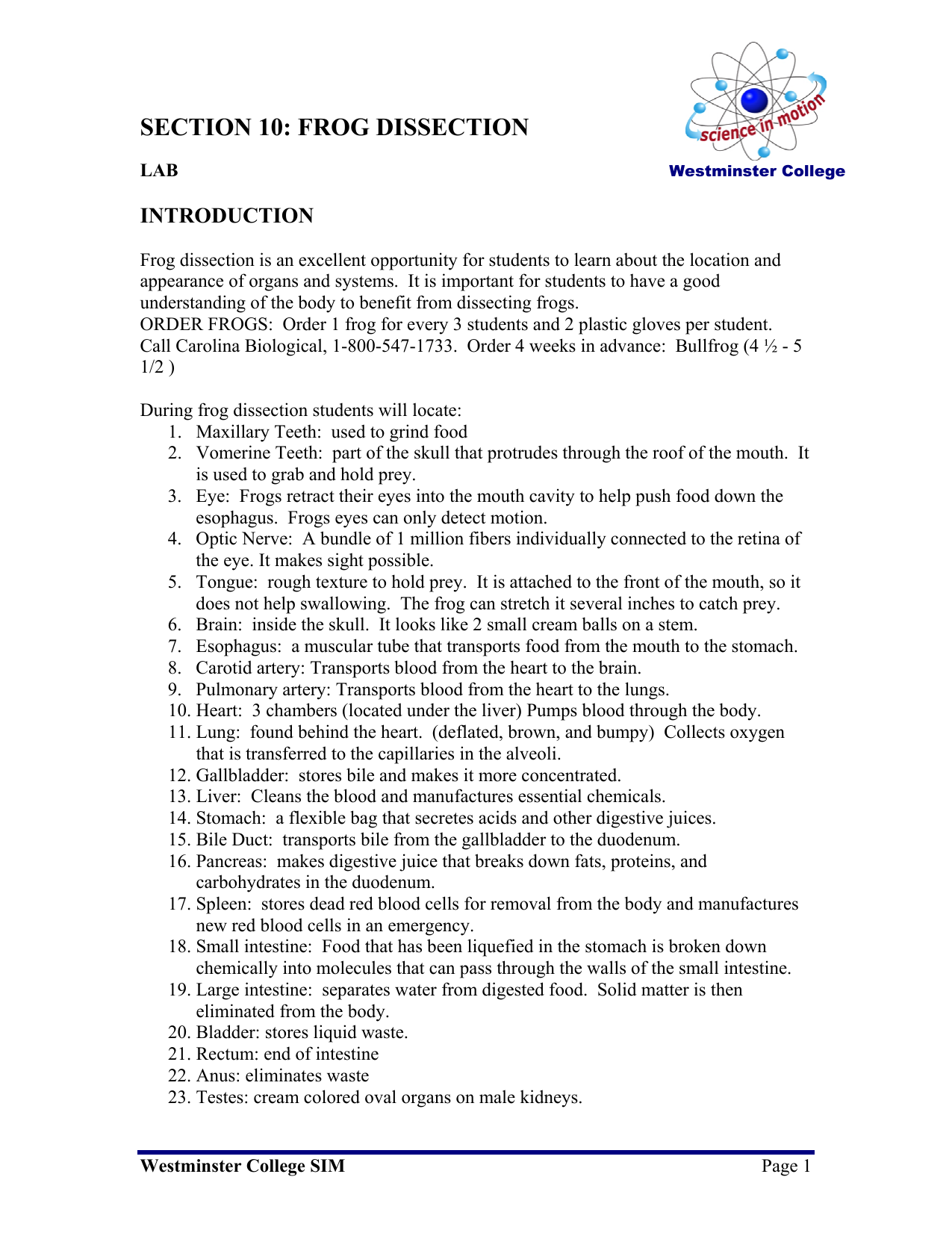

It's actually superior to physical specimens and multi-media representations. "This is a simulation product, not simply a static Web site. "With other products, it's just a video - static and two-dimensional," Chugh explains.

In addition, V-Frog allows students to watch a beating heart, observe digestion, dissect, probe and perform endoscopic procedures. Life-like V-Frog, which was in development for three years, uniquely allows for comparative anatomy, letting students make parallels and contrasts between the amphibian's physiology and that of a human being, crab and other organisms. Students would never get the opportunity to see and work with these things this way with a real frog." "Likewise, with our V-Frog, you can explore nerves and blood vessels, and look closely at how the brain is wired. "You can go through the entire alimentary canal, using the endoscopic function - something you could never do with a real frog," says Chugh. Using a simple mouse and PC, students can "pick up" a scalpel, cut open V-Frog's skin, and explore the internal organs - with true real-time interaction and 3-D navigation that actually accommodates discovery and procedures not possible with a physical frog specimen.
NET FROG DISSECTION WORKSHEET ANSWERS SOFTWARE
The software is designed for grades 7 through 12, plus advanced placement biology students. As a result, every dissection is different, reflecting each student's individual work. V-Frog, which operates on a personal computer using a standard mouse, actually simulates nearly unlimited manipulation of specimen tissue. '01, president and chief scientist at Tactus Technologies, based in Getzville, a northern suburb of Buffalo. "Other products out there are multi-media, not true virtual reality," explains Kevin P. V-Frog, the world's first virtual-reality-based frog dissection software designed for biology education - allowing not mere observation, but physically simulated dissection - has been developed and is being marketed by Tactus Technologies.Ī provider of virtual reality, visualization and simulation products and services, Tactus Technologies is a spin-off of the University at Buffalo Virtual Reality Laboratory.


 0 kommentar(er)
0 kommentar(er)
